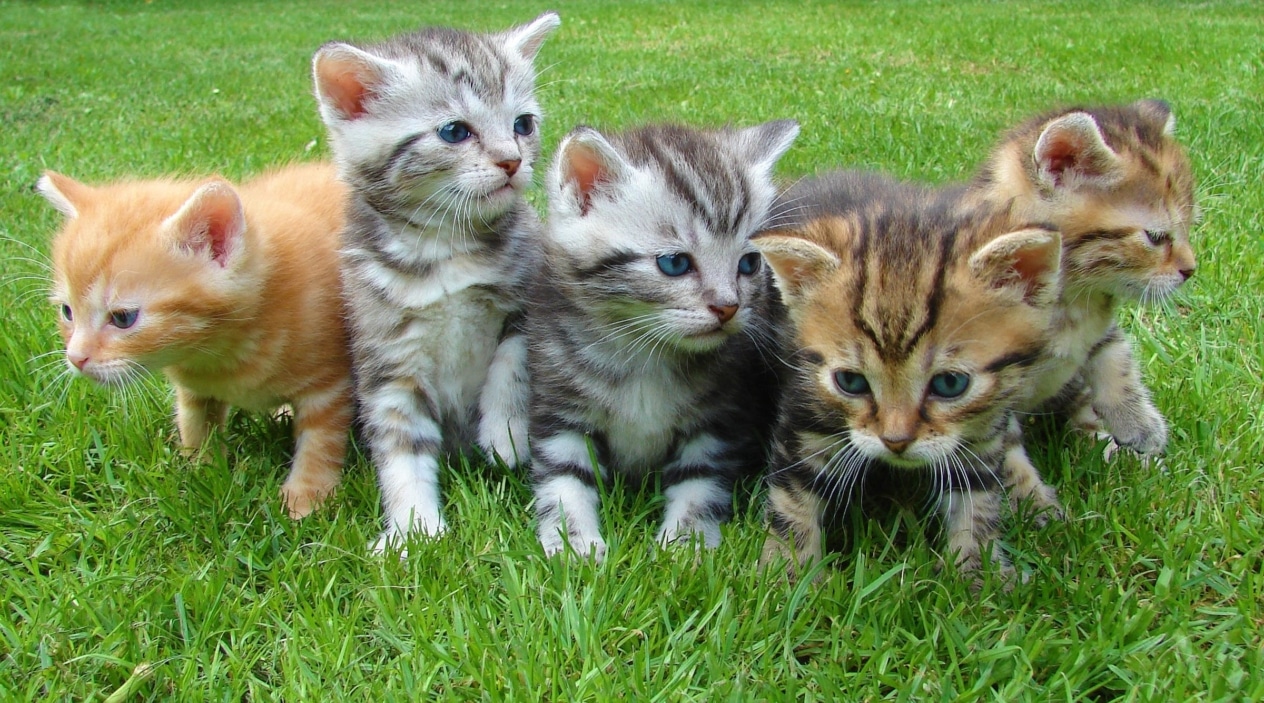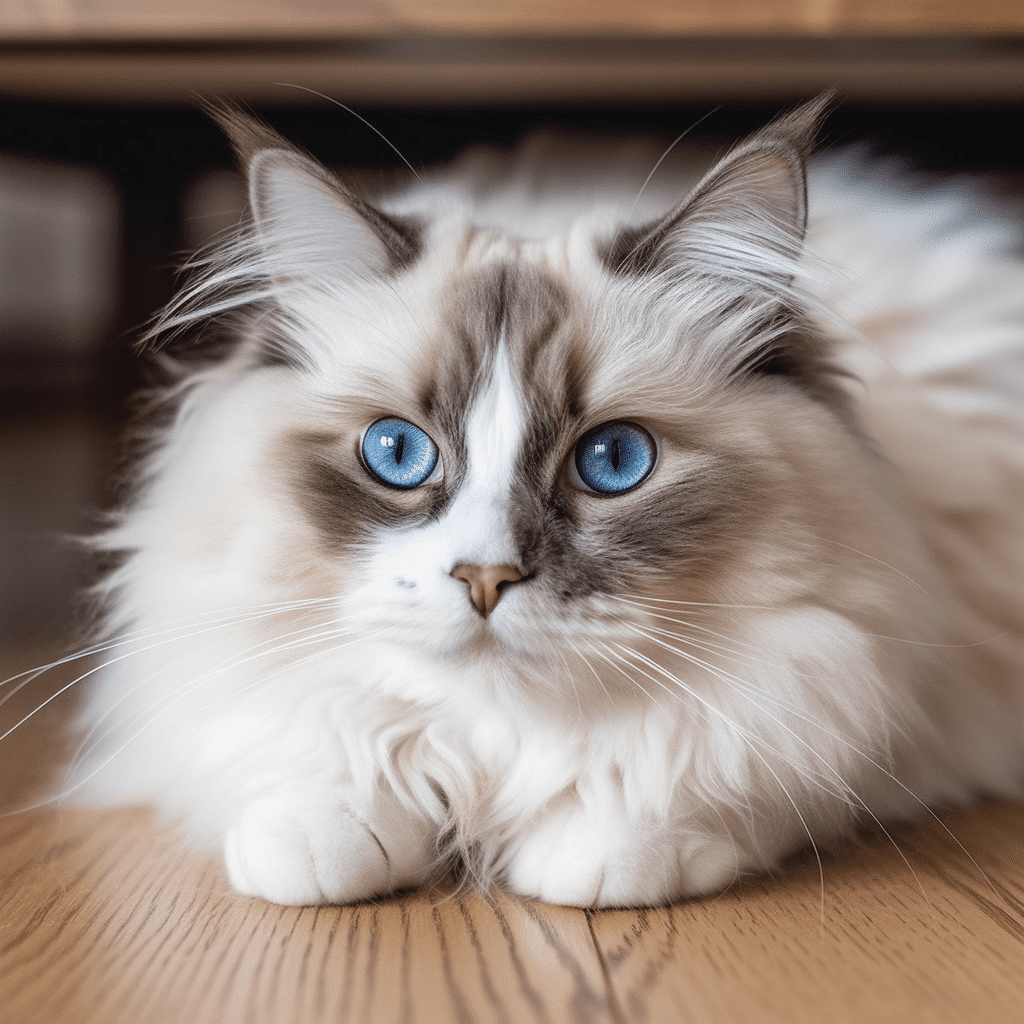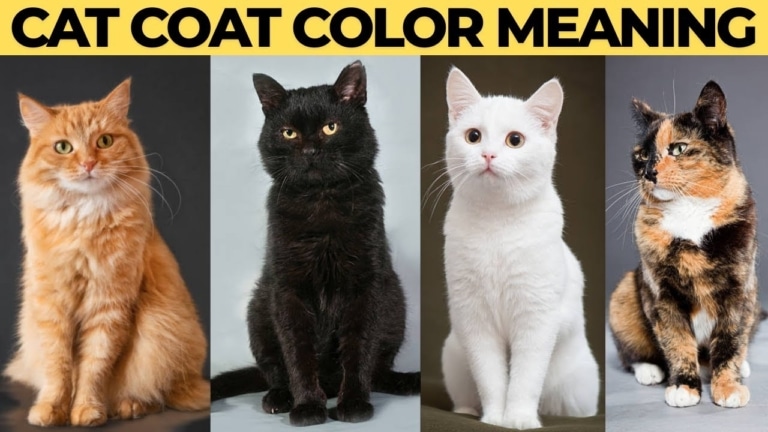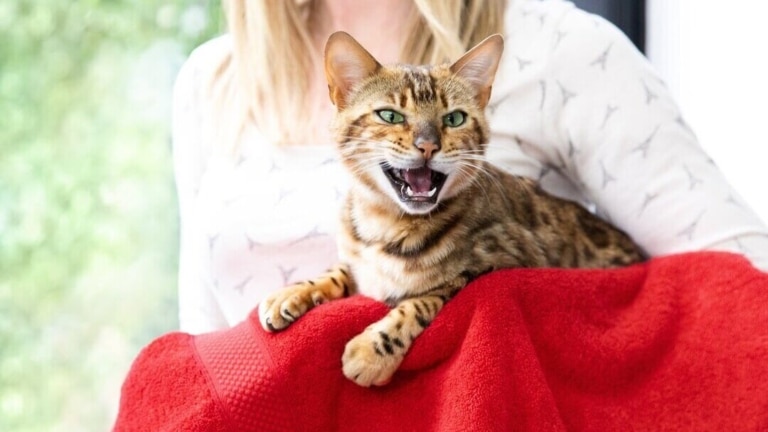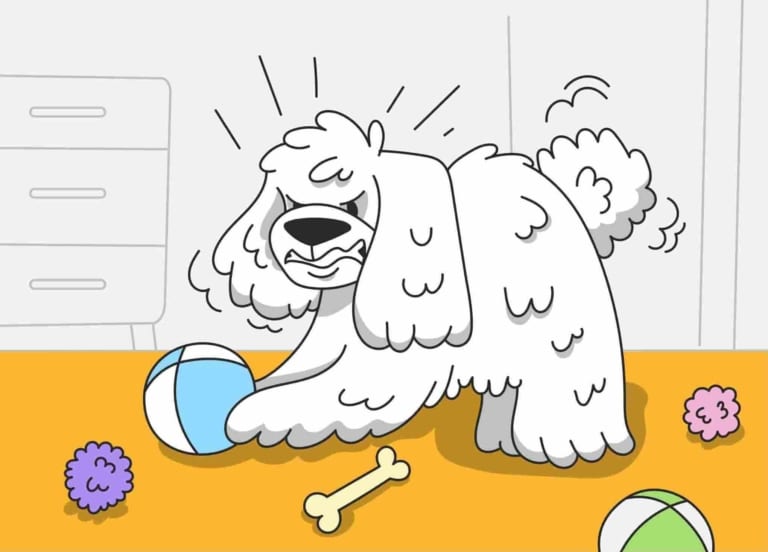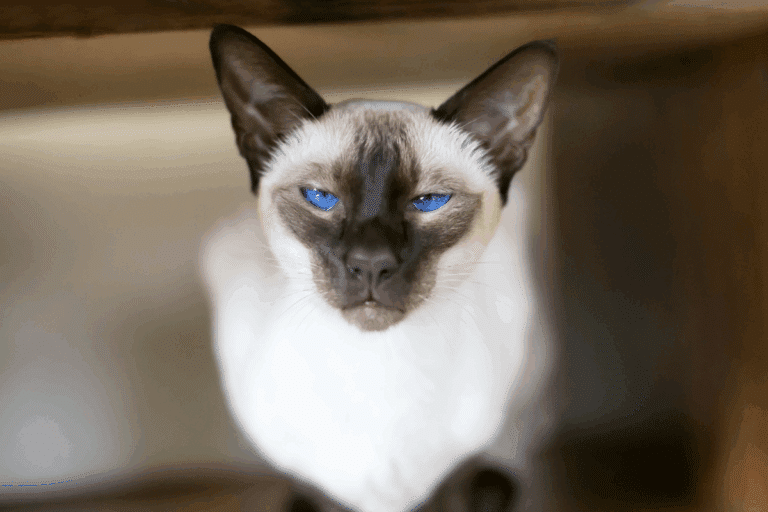In scientific circles the question of the influence of coat color on a cat’s character is constantly being debated. Even when they seem to agree with some opinion – later this question is raised again at the highest levels. Genetics can indeed shape behavior to a certain extent, because the genes responsible for coloring are sometimes linked to other features of the organism. For example, studies have shown that tricolored cats (tortoiseshell and calico) sometimes have a more independent character (as we have already written about in one of the articles about cat coloring), while black cats turn out to be more calm and less aggressive. However, scientists note: there is no direct correlation “color = character”. Much more influence have breed, heredity from parents and the conditions in which the cat grows. In other words, color can give certain tendencies, but it never determines the character completely.
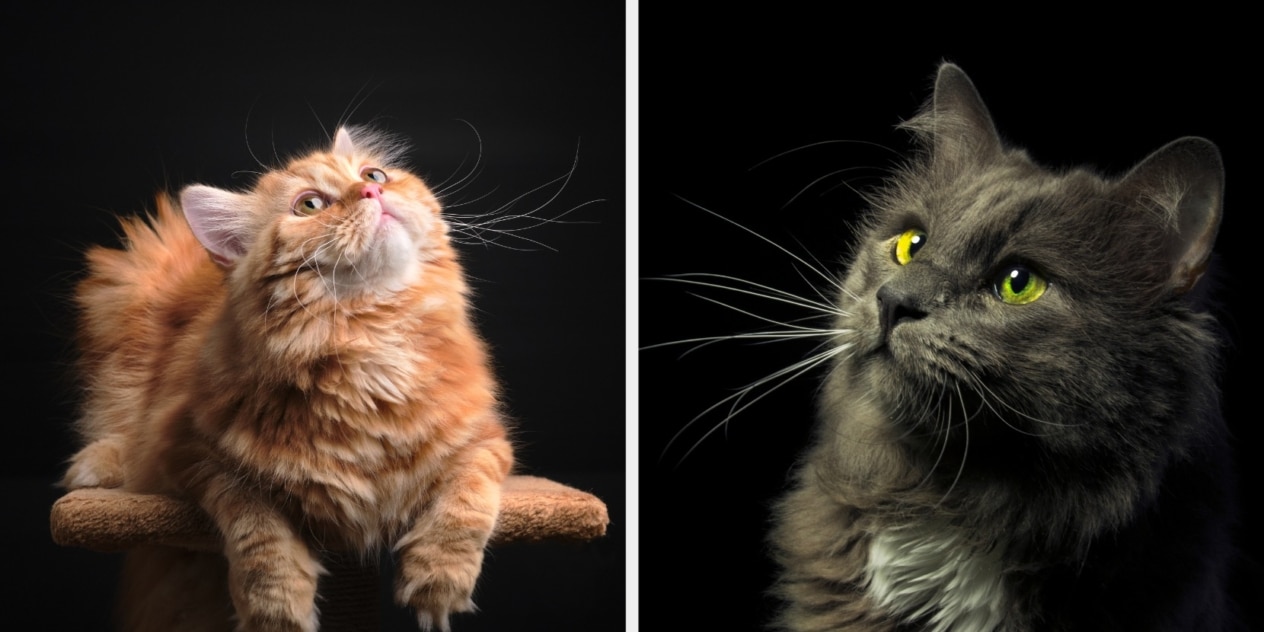
From the perspective of the average owner, coat color often becomes an excuse for stereotyping. White cats are perceived as gentle and sensitive, red cats as energetic mischievous, black cats as mysterious and calm. Such a “classification” speaks more about people’s perceptions than about reality. The character of each cat is formed by the environment: the attention of the owner, the level of care, games and experience in childhood. If the red cat grew up in a warm atmosphere, he will be affectionate, and if the white cat was left without attention, he can become withdrawn and nervous. Therefore, it is logical to admit: the color of the coat does not determine the character, but only creates the illusion of certain features that we ourselves attribute to the animal.
As a result, we can say: science finds no direct evidence of the connection between the color of the coat and the temperament of the cat, but logic suggests that the real character is formed by love, attention and education.
